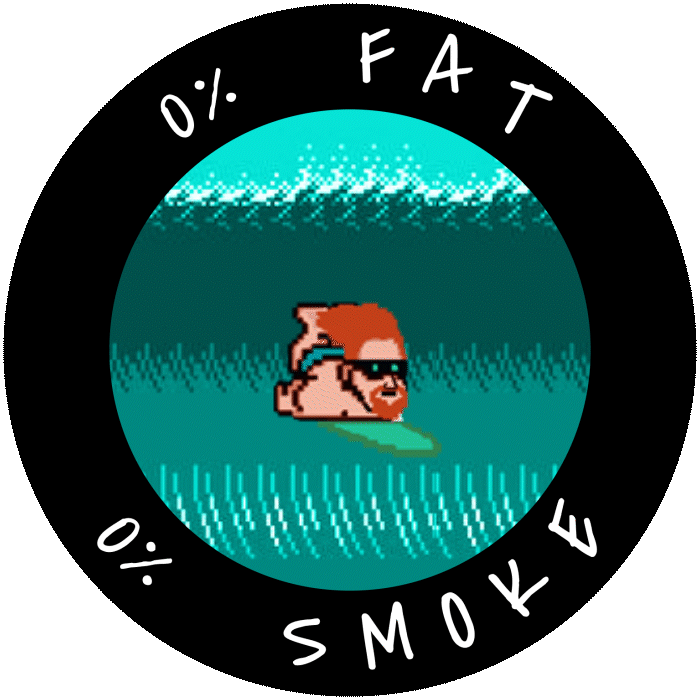The dwell time is one of the most interesting gauges for a SEO. It is a concept that arises in the offline world and is transferred to ecommerce before reaching the e-commerce market. organic positioning.
Traditionally, the dwell time was the time a person spent looking at a shop window or inside a shop. It was understood that the more time spent the better, as it indicated that they were finding it interesting.
The dwell time can also be used to our advantage, forcing the user to stay longer and multiplying conversion opportunities. A clear example is IKEA. By forcing you to walk through the entire exhibition before you get to the store, it doesn't matter if you only wanted to buy a glass and two plates or a pillow, you end up seeing everything and, in many cases, buying more things.
Of course, this can also generate rejection. Personally, for example, I find going to IKEA a nightmare and I prefer to avoid it. In fact, I don't mind spending more if I know I'll spend less time, finding what I need in a moment.
Other shops, therefore, opt for the opposite, making it as easy as possible for the customer to shopping experience.
Both strategies are valid. When you have such a business, as in digital, the key is to test, measure and stick with what gives you the best results.
As always in marketing you have to start from the data. And that indicates making measurements.
What is Dwell Time in SEO?

Fortunately, in SEO and digital, measurement is easier to do than in a large establishment. If the dwell time traditionally indicated the time a person spent inside a shop (or in front of a shop window), if we transfer it to digital:
The dwell time is the time a user spends on a website or ecommerce site. This time includes their entire experience on the website, from the moment they access it until they finally close the browser tab or click to go back to the previous page.
In a nutshell, dwell time is the time spent on the page..
If we go from here to the SEO:
The dwell time in SEO is the time a user spends on a web page from the time they click on a search result until they leave the result. If they perform actions or hits within the same page, we are still talking about dwell time.
It is betting because dwell time is a very important SEO metric for Google.although this has never been confirmed by the search engine's experts. It is understood because it implies the user's satisfaction with what he/she has searched for.
If you search for certain information and spend time reading it, it is logical to think that you have found something that interests you. If the result does not seem interesting to you, the usual behaviour would be to return to the SERPs and click on a different result.
Dwell Time and Bounce Rate

It is common for these two meters to be confused. However, dwell time is a different meter from the bounce rate.
The bounce rate indicates the percentage of users who enter a website and leave without any interaction. By interaction we mean clicking or going to another page within the same page.
Within the dwell timeHowever, it will be the time of both non-interacting and interacting users.
The good thing about the dwell time is that it allows separate between the bounces reflected in the metric and those that are real.. Let me explain.
A user may be looking for information on what is dwell time. You come to this article, read it and leave the page. According to our Analytics this would raise our bounce rate.
However, the user may have had a good user experience. They found what they were looking for, read it and left. A success.
Through the dwell time we can check the time spent on the page. If it has been there for a certain amount of time (depending on the type of content) we can conclude that it has paid attention or has been interested in what was there, whereas if it has left after 10, 15 or 20 seconds, we have probably not achieved our goal.
On many, many pages, interaction is not essential to achieve their objective.
Differences with Pogo Sticking

Another key measure of whether the target is being achieved is the Pogo Sticking.
In this case, it is an indicator of how many times a person who arrives at your website through SEO returns to your website. search results page (SERPs) and click on a different result.
This is a clear indicator that the user has not been satisfied with our content and has looked for another option for information. They may have liked it, if they have had a high dwell time, but still want to expand their knowledge.
However, if there is pogo sticking and poor dwell time, we can be clear that we are not meeting our objective.
A poor dwell time but no pogo sticking, on the other hand, can be a good sign.
Let me give you an example. Imagine that you want to know the name of San Fernando (Cádiz). You look for the city, enter the Wikipedia page and queries in the right-hand column. Isleño or cañaílla, very good. That's it, it took you ten seconds and you've achieved your goal.
However, if you leave and enter two or three more results, Google will understand that you have not done so. Or so we believe because there is no official confirmation that this meter is used either.
Personally, the Pogo Sticking is an indicator that I love because it is where SEO is democratised. It doesn't matter how much money you have spent on your linkbuilding strategy, etc... what matters here is to be useful to the user.
And, for me, that's the most important thing about a good SEO work. If you're not useful to the user, don't make a organic positioning strategy. It won't work for you.
How to improve Dwell Time?

In view of the what is dwell time and its differences with the pogo sticking and the bounce rateHow do we improve the dwell time? Here both technical and design elements and, of course, content play a role, so let's look at them one by one.
Loading speed
The loading speed is a SEO positioning factor very important. But, beyond what the algorithm thinks, it also influences the user's response.
How many times have you tried to search for something and ended up going back because the page took too long to load? I, being impatient by nature, countless times. I don't just want to be told what I want to know, I want to be told now.
My time is my most valuable resource and if you don't value it enough I prefer to consult with another alternative.
A poor loading speedcan destroy the best SEO content. It may seem that taking longer to load will lengthen the dwell time, but in practice what happens is that people get desperate and leave.
It is therefore important to have a good servantThe website is designed to be easy to use, with appropriately sized elements and photographs, and to load quickly enough on both desktop and mobile versions.
Web Usability (UX)
On the other hand, it is also necessary to talk about design and web usability. Web usability is paramount in order to deliver a good user experience.
If the information is not accessible, if the typography is difficult to read and, in short, if we don't make it easy for the reader, they will end up leaving.
Again, I have to repeat that we are becoming more and more impatient. We are not as we were at the beginning of internet We used to be able to use any page. Nowadays we are demanding and we demand more comfort. If we don't find it comfortable, we will move on to another site where we are treated the way we think we deserve to be treated.
It should also be borne in mind that nowadays mobile searches have multiplied. So our website should have AMP version and, preferably, to focus on it.
In other words, our most perfect design is the mobile and not the desktop, at least if analytics confirms that this is where most of them are concentrated.
The text
On the other hand, it is also necessary to talk about the text in itself. We need to respond to a search intent. Therefore, having correctly chosen the right keyword in the keyword research will be crucial.
Also develop a content for SEO taking into account all its characteristics. Do not hide the answer to the question. Don't think that by answering in the last paragraph the user is going to stick with it until the end.
It is more about more information. But not just anything, but information that is useful to the user. Give the answer first and then add further content.
In that sense, we can follow the pyramid structure of the news in journalism. Maybe you don't need to answer everything in the first sentence, but don't leave it to the end. Start answering the questions posed by your main keywords from the beginning.
The videos
Another way that often works for improving dwell time is insert videos. Of course, as with written content, it must be videos directly related to the search intent.
We are consuming more and more audiovisual content in our searches and less text, so if we see a video on the page we are likely to click on it and stay for part of its duration.
Similarly, if we make a podcast We can also post it on the site.
More information: How to make a podcast to promote your business?
Everything that is to offer additional information in other formats will be interesting. Contribute added value for the user and give another reason to spend more time with us.
Infographics
In that sense, the infographics also tend to work very well. In this case, it not only helps us at the level of the SEO and in the dwell timebut also allows improving branding of our brand.
To do this, it is necessary to quality infographics that will be useful and can be shared later. This type of content also tends to work very well in the social mediaThis means that we can kill two birds with one stone.
Of course, you will need a design person to do a good job. If the infographic is not good enough, it will simply be hours of work wasted.
Links and related content
Finally, mention should also be made of the internal links and related content. Again, the key is providing value to the user.
It looks great link to other articles or information on the page that may be of interest to the person who arrives at our website, as long as it may be of real interest to them.
In that case, you may click on the new content and stay even longer with us, which is the goal we are looking for.
In the end, improving dwell time has a lot to do with making good SEO content.. Think about the user and give them something worthwhile, only then will they decide to stay with us.





